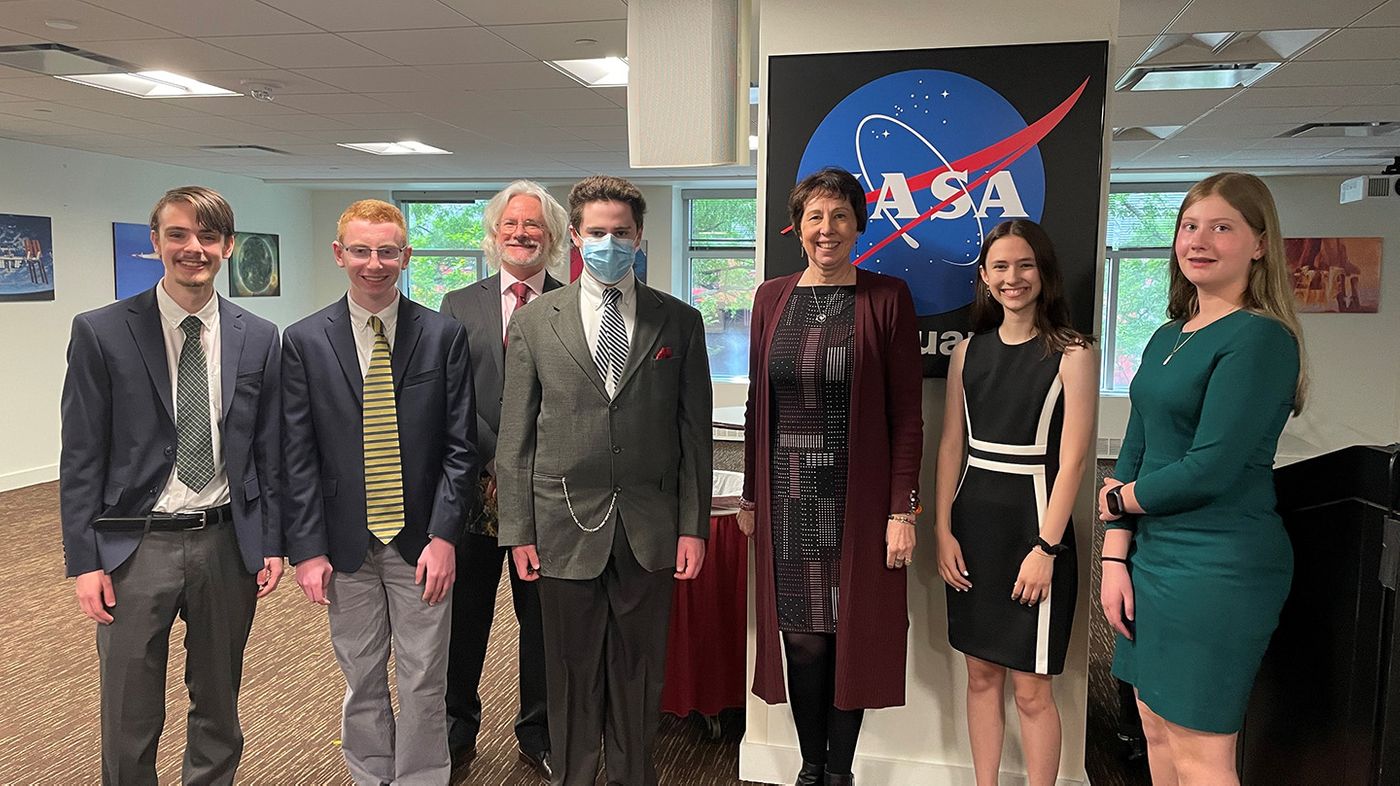Launching the Next Generation: The SilverSat Project
In 2021, NASA announced that the nonprofit educational organization, SilverSat, had been selected to join 14 other candidates to launch one of their CubeSats on NASA’s CubeSat Launch Initiative (CLI). The purpose of SilverSat is to get preteens and teenagers involved with CubeSats in the Silver Spring, Maryland area and is presently comprised of 20 teenagers and volunteer mentors, and they will be launching their social-media-inspired CubeSat to space sometime as soon as late 2024. What makes this even more remarkable is SilverSat was selected on their very first attempt at applying for the CLI program.
“The kids came up with the concept, for a CubeSat that tweets,” said David Copeland, who is a Space Communications Systems Engineer at the Johns Hopkins University Applied Physics Laboratory (JHUAPL) and is the president of SilverSat, along with being one of its co-founders. “This was actually something they kicked around at the summer camp hosted by SilverSat.”
As part of the project, the students were required to not only develop the computer programming for the CubeSat, but also build it, as well. Additionally, each of the selected teams are required to fund their own projects, which will be launched aboard a resupply mission to the International Space Station (ISS) and all CubeSats will be deployed directly from the ISS. While some of their mentors contributed to the project, NASA conducted evaluations to ensure the students did most of the work, and the students did such an amazing job that NASA invited the team to present their CubeSat project to the Science Mission Directorate at NASA Headquarters earlier this year.
Image of students with the SilverSat project, including David Copeland (third from left), president and co-founder of SilverSat, and Nicky Fox (center), associate administrator for the Science Mission Directorate at NASA Headquarters. (Credit: NASA)
“These kids are incredibly smart,” said Cori Battista, who is a program manager in APL’s Space Exploration Sector. “They are asking questions and building [circuit] boards and testing them; things that, when I was their age, weren’t even in my wildest dreams.”
The project has turned out to be a learning experience for everyone, as Copeland notes the mentors are not teachers by trade and had to learn the material while mentoring their students. With the delivery deadline of a full flight model for their CubeSat scheduled for the fall of 2024, the entire team is ramping up their efforts to not only meet the deadline but continue to teach the students everything they need to know about the CubeSat mission, which is still in development.
“They get a couple of months of pretty intense teaching in electronics and coding and similar subjects, so they can start working with the teams,” Copeland said. “I would like to bring more people in to develop their education. Ultimately that is our goal. Getting to space is going to be great, but it’s the kids that are the goal.”
When will the SilverSat CubeSat launch and what new insights will it teach us about CubeSats? Only time will tell, and this is why we science!
As always, keep doing science & keep looking up!









